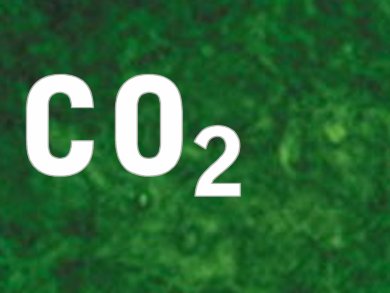The atmospheric CO2 concentration has increased dramatically from its pre-industrial level till today. One possible solution would be biological CO2 mitigation by microalgae. Microalgae use photosynthesis to generate biomass from CO2 with the potential for high productivity and fast growth. Chlorella vulgaris contains high intracellular amounts of protein, carbohydrate, and lipid and also excretes organic carbon as exopolysaccharides (EPS). Thus its use is twofold: Besides CO2 reduction in the atmosphere, it offers various industrial applications, as in health food, animal nutritional supplements, in pharmacology, and in cosmetology. Unfortunately, conditions in photobioreactors used for the purpose of CO2 capture are often not optimal for the growth of C. vulgaris thereby limiting industrial applications.
Filipa Lopes, Ecole Centrale Paris, France, and colleagues mimicked these limiting conditions in light intensity, CO2 and nitrogen concentration. Whereas the growth rate of C. vulgaris was not affected under all conditions tested, best results for CO2 utilization are found for 13 % (v/v) CO2 and an incident light intensity of 180 µmol m–2s–1.
These results rise hope, that C. vulgaris is a suitable future candidate for the industrial CO2 remediation.
- Carbon dioxide biofixation by Chlorella vulgarisat different CO2 concentrations and light intensities,
Barbara Clément-Larosière, Filipa Lopes, Ana Gonçalves, Behnam Taidi, Marc Benedetti, Michel Minier, Dominique Pareau
Eng. in Life Sci. 2014.
DOI: 10.1002/elsc.201200212




